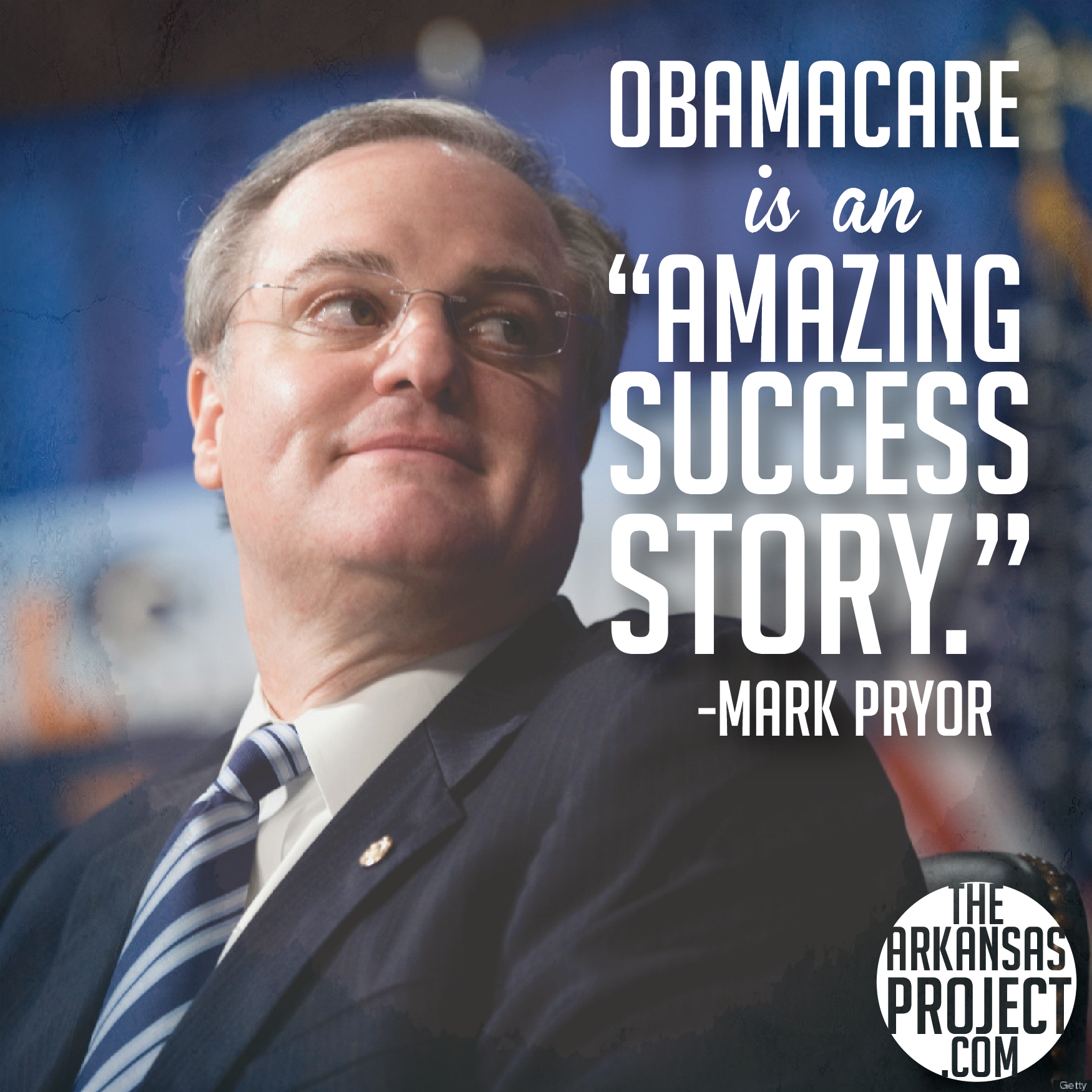
But then he put in the specifics for his family and the rates rose to $1,400 or $1,500 a month. The first time he signed on, he got a promising rate of about $2,500 a year. “I’m not a big fan of government taking over things, but I thought that maybe this will work for me,” he said. So when the Affordable Care Act took effect, de Kater was optimistic. The job was brutal, and after 18 months he quit. De Kater re-entered the workforce, unloading trailers at FedEx, for the health insurance. When that ran out, his history of open heart surgery two decades ago made individual insurance prohibitively expensive. Had Steve de Kater been invited to the roundtable, he would have told a different story.Īfter he was laid off from his job at DHL in 2008 at age 58, he paid the hefty cost of COBRA. Not everyone, however, believes health reform has improved their lives. “As a nation what you want is a reduction in the number of uninsured,” Burwell said. So the 18 million insured now represents a success, she added. That number included undocumented immigrants who would not be eligible for the government insurance, Burwell said. Almost 18 million people now have insurance, either because they found insurance on the health-care marketplace, through Medicaid expansion or through employment.Įstimates of how many were uninsured before the passage of the Affordable Care Act ran from 30 million to 40 million. One thingthe Obama administration has cited as working is helping more people gain access to insurance. “As with all things, we want to continue to make sure we learn what works and what doesn’t,” she said. In an interview Friday after the roundtable, Burwell said her agency wanted to conduct the review to measure how well Indiana’s program and those in other states are working. Pence says these evaluators are biased and has chosen others to provide an assessment of how well the program is working. The Obama administration has chosen outside parties to evaluate the program. However, a smaller controversy is brewing around HIP 2.0. Michael Pence touted the program in his annual State of the State address. Unlike traditional expanded Medicaid programs, HIP 2.0 requires many beneficiaries to make monthly contributions.Īfter much political back-and-forth, about a year ago the federal government gave Indiana the green light to do so. The roundtable discussion made scant mention of one of the more controversial features of the Affordable Care Act in Indiana: that it allowed the state to expand Medicaid through its Healthy Indiana Plan, now called HIP 2.0. Today, all insurance plans must offer maternity benefits. “We got the short end of the stick,” Green said. The couple decided against having another baby. Because Green was over 40, she worried about health problems that could arise. But the two had individual insurance, and it was near impossible to find a plan that included maternity benefits. Jacquie Green, however, shared one advantage of health reform that Burwell said she had not heard others mention.Ībout seven years ago, Green, a silversmith, and her husband, a general contractor, discussed having a second child. Many of these tales had familiar motifs that Burwell has heard in other cities. Her husband and three boys are now insured through the marketplace.

Abigail Hunt works at a local nonprofit that cannot afford to extend benefits to employees’ spouses and children. So he found affordable insurance for himself on the marketplace. Kevin Rose embraces his job at a small church, the congregation cannot afford $12,000 to buy him insurance. The Affordable Care Act freed her from the job she did not like to pursue part-time work she loves. Erin McDonald stayed in a career she did not like for years because the migraines and depression she suffered, despite being healthy in her early 30s, qualified as a pre-existing condition.


 0 kommentar(er)
0 kommentar(er)
